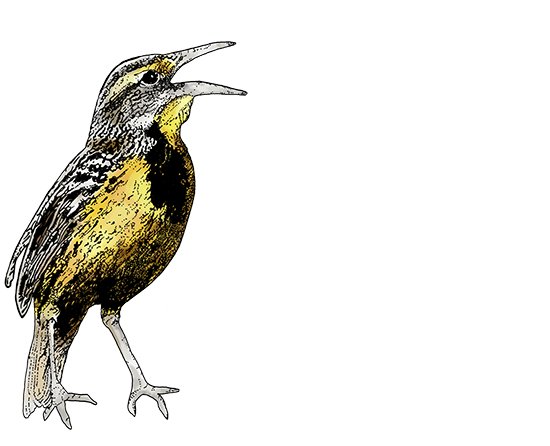Is This the Real Life?
Over time, the classic rock song, Bohemian Rhapsody (performed by Queen), has continued to gain fans and musical appreciators. At the same time, it still lives on in the hearts of Queen fans who first heard it back in 1975. The memorable opening (Is this the real life?) with the a cappella choral effect was sung entirely by Freddie Mercury in the studio. He also played piano on the track and wrote the tune. According to one writer, Mercury intended the song to be a “mock” opera. This was about six years after The Who had released, Tommy, as a rock-opera in 1969.
Bohemian Rhapsody is a six minute suite. The song arrangement blends different musical genres: ballad, opera, and hard rock. Also, it contains an extensive overdubbing of vocal harmonies. On an interesting note, Queen never performed the opera section live during a concert. More than likely, they figured it would be too much work to reproduce the studio version with the multiple layers of vocals required. Therefore, when the band did perform the song live, they would play the opera section on tape as it was recorded in the studio. At the end of that section, they would then resume playing when the rock section came in.*
It Will Never Be a Hit
Queen’s record label at the time, EMI, claimed that Bohemian Rhapsody was too long for radio play and would never be a hit. However, Freddie managed to get a copy to a UK radio DJ who played parts of the song over the air. Later, a U.S. radio DJ got a copy of the song. Apparently, he started to play the whole piece on the air in the states. This forced Queen’s U.S. label, Elektra, to allow release of the full unedited version. Of course, the song went gold on the Billboard charts in the U.S. Also, Bohemian Rhapsody was the first song ever to get to number one in the UK twice with same version.
The single was accompanied by a promotional video of the full song. Before this, recording artists had only produced video clips to accompany songs. After the song’s success, it became regular practice for record companies to produce full promotional videos for artists’ single releases. Finally, there seems to be the opinion that the Bohemian Rhapsody video influenced the arrival of music videos even before MTV went on the air in the early 80?s.* Here’s the official Queen video.
Interpretations and Parody
I found this interesting interpretation of Bohemian Rhapsody. This one is played on a 110 year old fairgrounds organ. It’s fun to imagine being at the county fair and riding on the carousel or walking through the house of mirrors with this version playing in the background.
Here’s a great interpretation by Jake Shimabukuro on ukulele. This version just focuses on the music with Jake’s special touch. I love his work with harmonics around 2:50 in the video. Also, he adds a nice feel during the operatic aria section. And, check out his lead guitar-like riffing at 3:41 and 5:40. Nicely done, Jake!
Now, here’s the parody version of Bohemian Rhapsody. This one is by The Muppets and has more kid friendly lyrics. It has no mention of “killing a man” or lines like “sometimes I wish I’d never been born at all.” If you’re in a down mood or have some self-pity going on, watch this one for a pick me up.
Inside the Rhapsody
Finally, I enjoyed this mini-documentary featuring Brian May, the lead guitar player of Queen. In this setting, he’s at a recording studio console accompanied by an engineer. Inside the Rhapsody is taken from Greatest Video Hits 1, a Queen video collection on DVD. I appreciate the way Brian plays isolated tracks here (vocals, piano, guitar, bass, drums) with narrative commentary. Also, I enjoyed his reminiscing about such things as Freddie’s strong piano playing or Brian’s own method of laying down the lead guitar parts. It’s also a good study in recording studio tricks and techniques.
*Note: Much of my fact-checking was done on Wikipedia.

